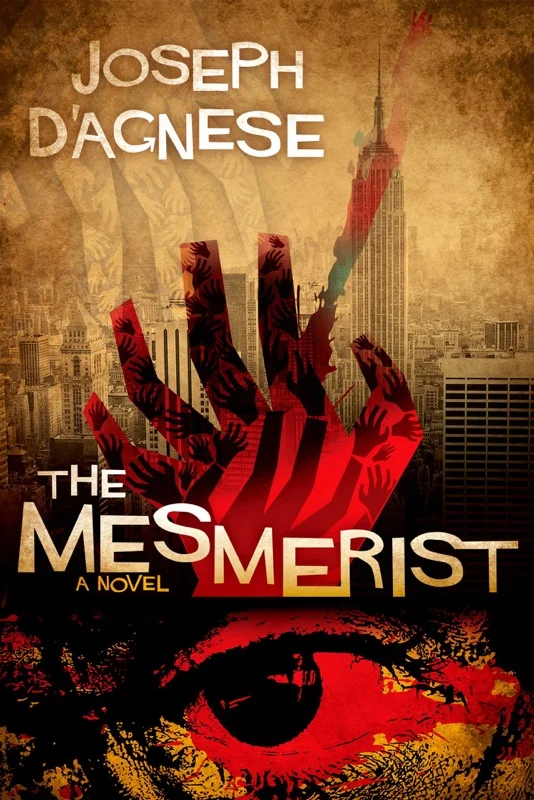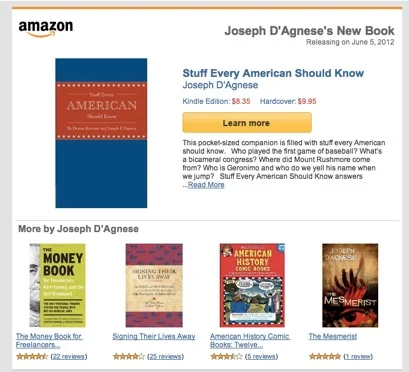THE MONEY BOOK FOR FREELANCERS, published by Random House. People don’t go freelance for the money, but they stop freelancing because of it.
After more than a dozen years of working as a freelancer, I realized I must know something other people didn’t about surviving the ups and downs of a freelancer’s income. It’s all here in a personal finance book subtitled, “The Only Personal Finance System for People With Not-So-Regular Jobs.” Find out how to banish debt, live within your means, save up for your dreams—and even your taxes.
The freelancer’s earning style is different from the traditional worker’s, yet every personal finance book on the market is written as if we’re all in the same boat. We’re not. This book gets it. The others don’t.
Two NYT Bestselling authors use our system. And one reader, a certified financial planner, wrote to tell us she was scrapping her longtime system for ours. That’s high praise.
PRAISE
“Through trial and error, veteran freelancers D’Agnese and Kiernan worked out a money-management system that allowed them to save for emergencies and retirement, pay off debt, buy benefits, cover their taxes and survive the droughts in business that seem an inevitable part of working for yourself. They convey all this in a book that’s irreverent and hugely entertaining.”—MSN MONEY
“It’s not often that I find myself enjoying a book on finances…but the authors of The Money Book make learning about finances fun….There’s a lot of good advice to take away from this book and having it all in one place is manna from heaven for your finances.”—FREELANCE SWITCH
“The other great thing about The Money Book for Freelancers is the writing style. D’Agnese and Kiernan are like personal trainers for your financial life. They’re constantly cheering you on to stretch your abilities and resources, while candidly holding you accountable for your choices. Whether you freelance or not, their attitude is refreshing. If you do freelance, you’ll likely find their life lessons and anecdotes eerily familiar.”—GET RICH SLOWLY
BUY
eBooks: Kindle Nook iPad Sony Kobo Diesel Google
Paperback: Indiebound Amazon B&N Powell’s
Autographed: Malaprop’s
















